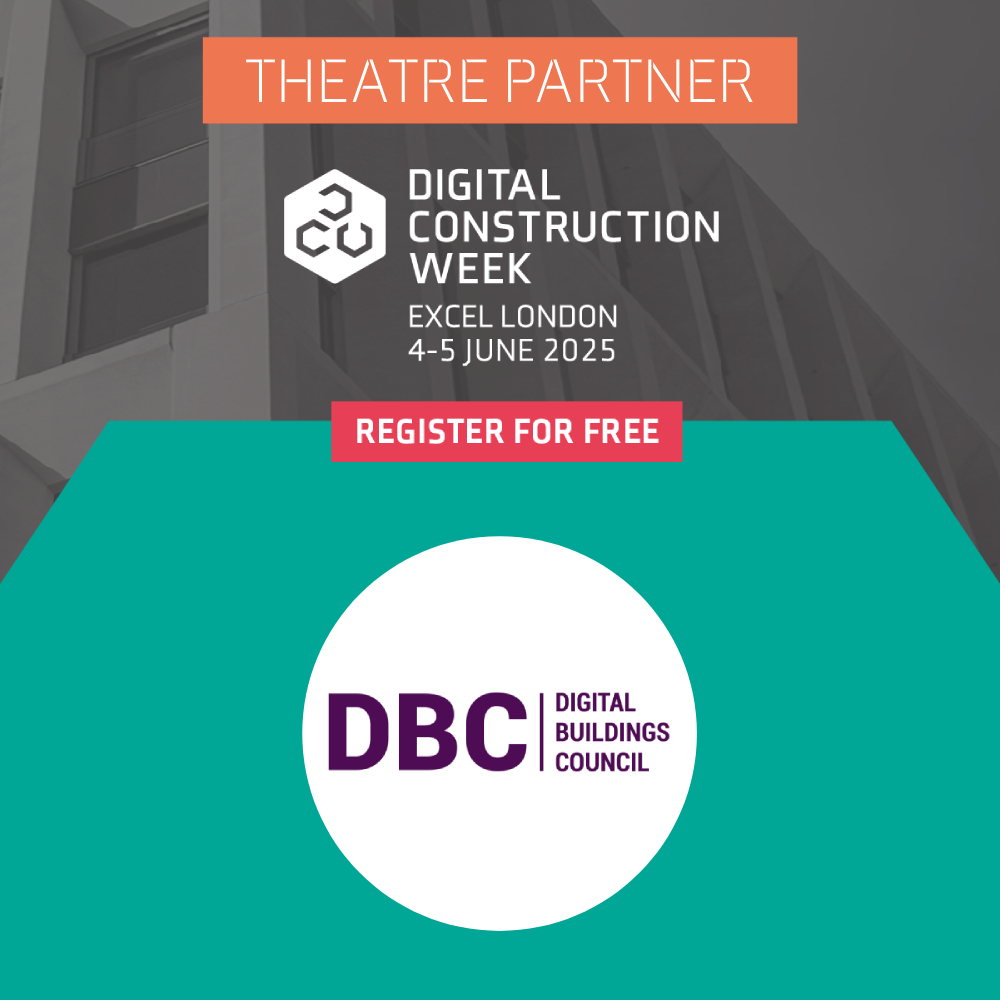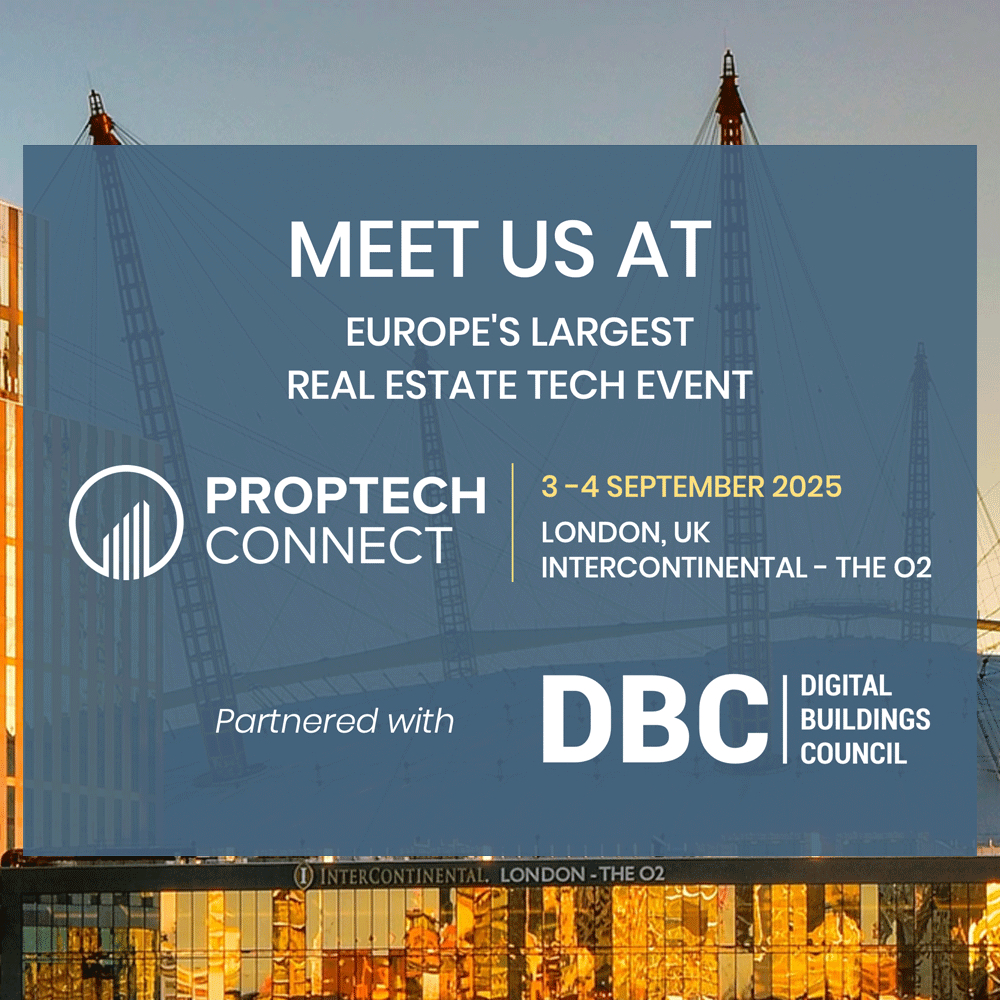
As part of our event partnership with London Build Expo 2024, the DBC also co-hosted the ‘Meet the UK’s Digital Construction Innovators’ networking session with nima (formerly the UK BIM Alliance), bringing together representatives from the UK BIM and Smart Building communities. The gathering offered a rare opportunity to connect with industry leaders and innovators committed to advancing digital and information management in construction and building operations:

MC’ed by the DBC’s Executive Officer Justin Kirby there were two short talks by nima’s Vice Chair Paul Wilkinson and the DBC’s Chair Jess Costanzo from Simmtronic. The presentation by Jess focused on the DBC’s initiatives to improve best practices and diversity in digital construction, particularly addressing the gap between design and operation phases, and promoting careers in the field. Paul at nima, meanwhile, introduced their Information Management Initiative (IMI), aiming to improve information management in construction through collaborative industry efforts and government support. The session highlighted the importance of collaboration and better data management across the entire lifecycle of a building. Both organisations advocate for improved digital practices within the construction industry.
Justin also faciliated an impromptu ’roundtable’ discussion between some of the industry experts attending the session which focused on the relationship between BIM (Building Information Modelling), smart platforms, and the concept of the digital twin.
The topic is connected to our BIM to Smart Enablement project initiative and participants debated whether a digital twin is best understood as a platform or a process, highlighting the need for improved interoperability and standardised processes to bridge the gap between the design/construction phase and the operational phase of a building’s lifecycle.
The lack of early engagement between different stakeholders, especially during the design phase, is identified as a key issue hindering the effective implementation of digital twins. Finally, the potential of integrating various platforms and the importance of a “golden thread” of information are explored as solutions.
You can listen to an AI-generated podcast of the discussion Justin has published on LinkedIn, but the key themes and insights gleaned from the conversation are also outlined below:
Key Themes:
- The Dichotomy Between BIM and Smart Platforms: The discussion highlighted a perceived disconnect between the AEC (Architecture, Engineering, Construction) world focused on BIM and the “smart world” driven by post-construction data and platforms.
- Defining the Digital Twin: Participants grappled with the definition of a digital twin and its relationship to smart platforms. Some argued that smart platforms only offered a snapshot of building performance (“performance twin”), while a true digital twin should encompass the entire asset lifecycle, including manufacturing, operation, and decommissioning.
- Digital Twin as Process vs. Platform: The conversation emphasized the need to view the digital twin as a process rather than simply a platform. Establishing standardized processes, akin to BIM processes outlined in ISO 9650, was seen as crucial for bridging the gap between project and operational phases.
- Importance of Early Stakeholder Engagement: Experts stressed the need for greater engagement from FM (Facilities Management) teams and other operational stakeholders in the early design and construction phases. This would ensure alignment between building design, smart platform implementation, and operational needs.
- Integration and Interoperability Challenges: The discussion acknowledged the challenges of integrating data from various sources and ensuring interoperability between different platforms and systems. This was seen as a major hurdle in realizing the full potential of the digital twin.
Key Insights and Quotes:
- Smart platforms are not digital twins: “Smart platforms are more of a digital like a digital record of what’s happening there and then in the building at that time. Sometimes that’s referred to as a performance twin.”
- Digital twin encompasses the full lifecycle: “Where the Digital Twin really is, it’s more that getting that full lifecycle. So that’s even collecting data about where that product has been manufactured, who’s been involved in that manufacturing…how much of that equipment being used properly…and then your smart platforms come on…”
- Digital twin requires standardized processes: “Yes, there needs to be, I think there needs to be more work on developing standards…There needs to be more standardization to allow us to improve that. And yes, it’s about the process, but it’s also about the end product.”
- Engagement from operational teams is crucial: “I think certainly one of the things which you’re trying to do with Digital Buildings Council is that gap between the two, because certainly from our perspective, we’re involved in that mechanical side, the BMS side. Theoretically there should be some overlap, but there isn’t really.”
- Soft Landings framework can be integrated: “I mean, it’s interesting you mentioned the soft landings framework because, like, could there not be…So if you’re going to talk about digital twin being as much a process as a plat, wouldn’t one need to join the dos to some soft landings framework?”
- The golden thread enhances the digital twin: “The other thing is the golden thread piece because digital twin having that live information live people is going to only enhance our digital threads about digital golden.”
Conclusions:
The discussion highlighted the need for a more holistic approach to the digital twin, one that transcends the limitations of individual platforms and encompasses the entire asset lifecycle. Establishing standardized processes, fostering early stakeholder engagement, and addressing integration challenges are critical steps towards bridging the gap between BIM and the smart world, ultimately unlocking the full potential of the digital twin.
You might also be interested in the two related articles that Sam Norledge from DBC founding member LMG has written for PBC Today with input from members:
- The power of BIM-IoT integration to drive ESG and demonstrate true ROI (May 30, 2024)
- Bridging the gap between digital construction and digital operations with twins (September 16, 2024)
Sam and John Clarke of DBC founding member One sightsolutions also participated in the nima-hosted How to integrate better information management with IoT to achieve your ESG goals panel at the Smart Buildings Show this year. They joined experts from across the industry to share insights, experiences and best practices on leveraging information management and IoT convergence to optimise building performance, enhance sustainability and drive value for stakeholders:

We hope to be faciltating more discussion between BIM and Smart Building Communities as part of our BIM to Smart enablement project initiative. In the meantime, stay connected by following the DBC on LinkedIn for the latest updates, events and insights from the founding members and reach out to learn how to join our community and contribute to our mission.




